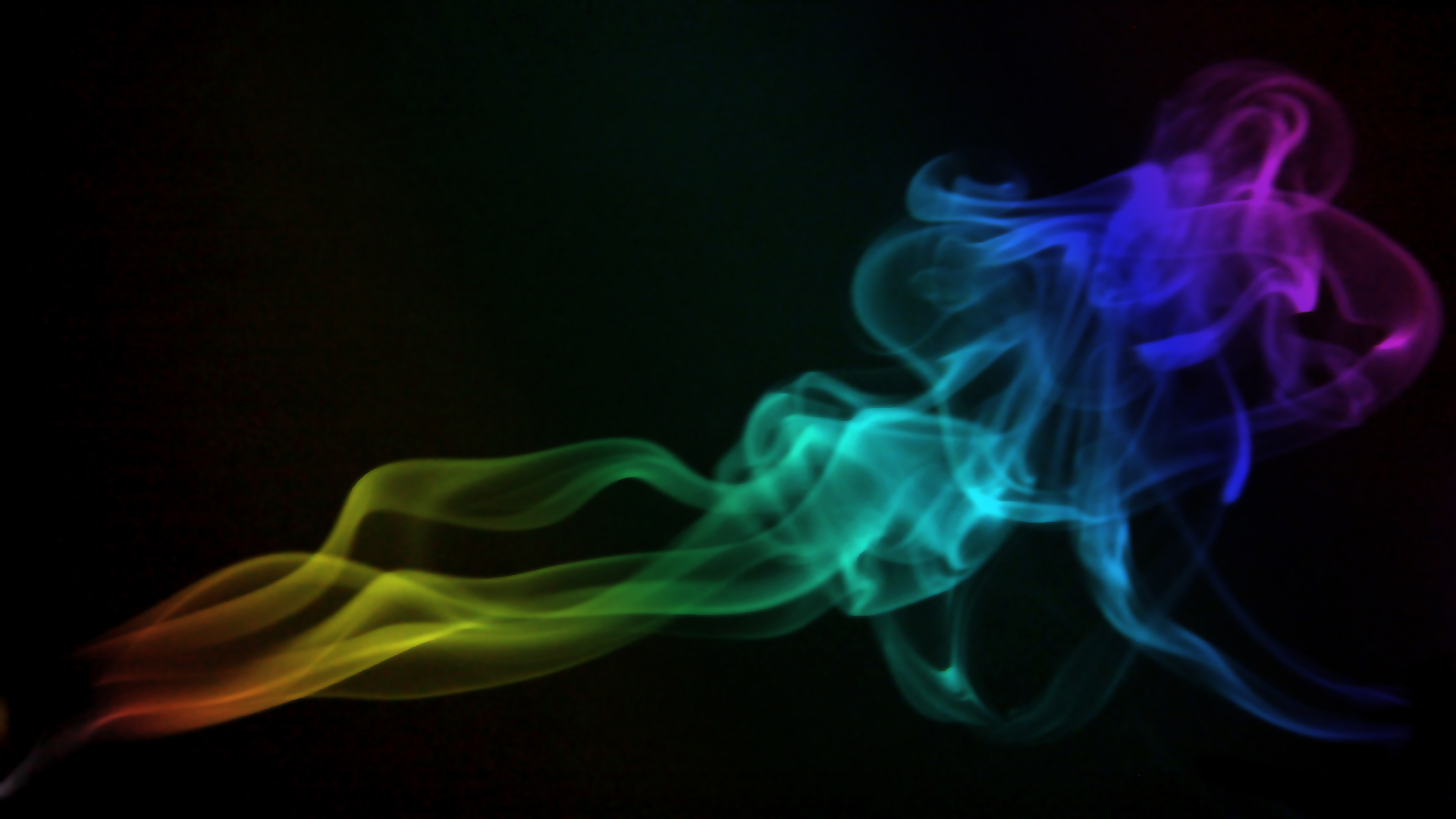Shekhar’s: Sweet 16, Palo Santo, Sandal
I was sent these 3 types of Shekhar’s by Steve Pereira (Incense in The Wind); one incense stick each from Sweet 16, Palo Santo and Sandal (and a whole pack of Guava, which I will write a separate review of).
He bought it in a shop in Southampton for £1, at least that’s the case with Shekhar’s Nag Champa. Steve writes that Shekhar’s has an outlet at the Mapusa Municipal Market in Goa, India, information that can also be found on the packaging label. You can’t find anything about the brand on the internet.

SHEKHAR’S NATURAL HANDMADE INCENSE STICKS
Near Fruit Market, behind Dangui Watch Repairers,
Municipal Market, Mapusa-Goa.
Mob.: 09422634696 – E-Mail: shekharven@yahoo.in
₹75 equals 0,84€
There is no need to have any illusions about the claim “natural”. In India, there are no regulations concerning incense, you can write whatever you want on the label and this also largely applies to the western market.
They are definitely handmade. The masala application is sometimes a bit uneven, and you can clearly see pressure marks from storage. This also reveals that the dough is very soft when processed, which suggests that plenty of oil is used.
Sweet 16
What can I expect here – apart from a Billy Idol catchy tune stuck in my head?
The raw smell reminds me of cherry bubblegum; a synthetic fruit flavour, fruit acid, some vanillin. Plus a fresh note and a rather subtle florality.
When lit, the first note is surprisingly resinous. A strongly aromatic, deep note, somewhat reminiscent of sweat, served with sweet, floral notes of a slightly fruity character. So here we have a sweaty teenager with a lot of perfume. On point for “Sweet 16”, I would say.
The tart hint with the sweaty note slowly disappears, which, I think, is actually a shame. It now smells like one of those flashy, colourfully packaged bath products with fruit scents, or vapour juice. Still somehow very fitting for the topic.
And even though I tend to find all of these things horrible, I kinda like this smell.
Would I buy them? – Probably not. But right now, it’s really fun. It’s loud, sassy and painted in shrill colours; poppy, upbeat and fun. It’s like sweets such as Skittles or fruity Puffed Rice: They’re bursting with flavourings and E-numbers, but sometimes I just want to eat that crap.
Sweet 16 – a guilty pleasure.
Palo Santo
Indian incense sticks with “Palo Santo” scents are a tragedy. This scent is as far away from Palo Santo as India is from Peru.
The smell of “Palo Santo” reminds me of cedarwood essential oil. But it also has that disgustingly smeary, oily note that I found absolutely unbearable in Orkay – Chandan and Padma – Kisna Chandan. Furthermore, they remind me of Sandesh – Zen Meditation, which has a cedar scent mixed with citronella or lemongrass; except that these Palo Santo sticks have a sour smell, that appears rather like a cleaning agent containing acetic or citric acid. The more concentrated the smell becomes, the more pungent it gets. Like vinegar, accompanied by a strange, overpowering cedar sweetness and the above-mentioned, disgusting note.
Bah. Terrible. I need some real Palo Santo now.
Sandal
These sandalwood incense sticks have a very peculiar smell, but the kind of smell isn’t new to me. I recognize a certain similarity to Goloka – Organica – Sandalwood, but these smell much woodier and, in direct comparison, also spicier and a bit more complex. Sandal, on the other hand, appears oil-heavy. It’s a very heavy and dense smell overall.
The scent has a tart character. The first note reminds me of sweat. After a while, a chord emerges that has a strange sweetness to it. It’s fruity. Today, this aspect reminds me of Assam black tea, with its slightly malty smell of fermentation. The last time I was reminded of fruity pipe tobacco. Cedarwood has a similar, fruity sweetness as well. As it progresses, the aroma moves further and further away from a believable sandalwood scent.
Not bad per se, but not what the name suggests.
Summary:
It’s somehow interesting, how Sandal draws a parallel to both of the other varieties: with the cedar note to Palo Santo and with the association of sweat to Sweet 16. Maybe this indicates a family resemblance within the brand? I’m curious to see how Guava compares to these.
Basically, I have to say that I am a bit disappointed with the brand, as I had high hopes due to the visual and geographical proximity to Ramakrishna’s.
I think the general character seems rather synthetic.
I’m happy I’ve had the opportunity to try them, but I have no ambition to further seek out the brand and buy more of their incense.

